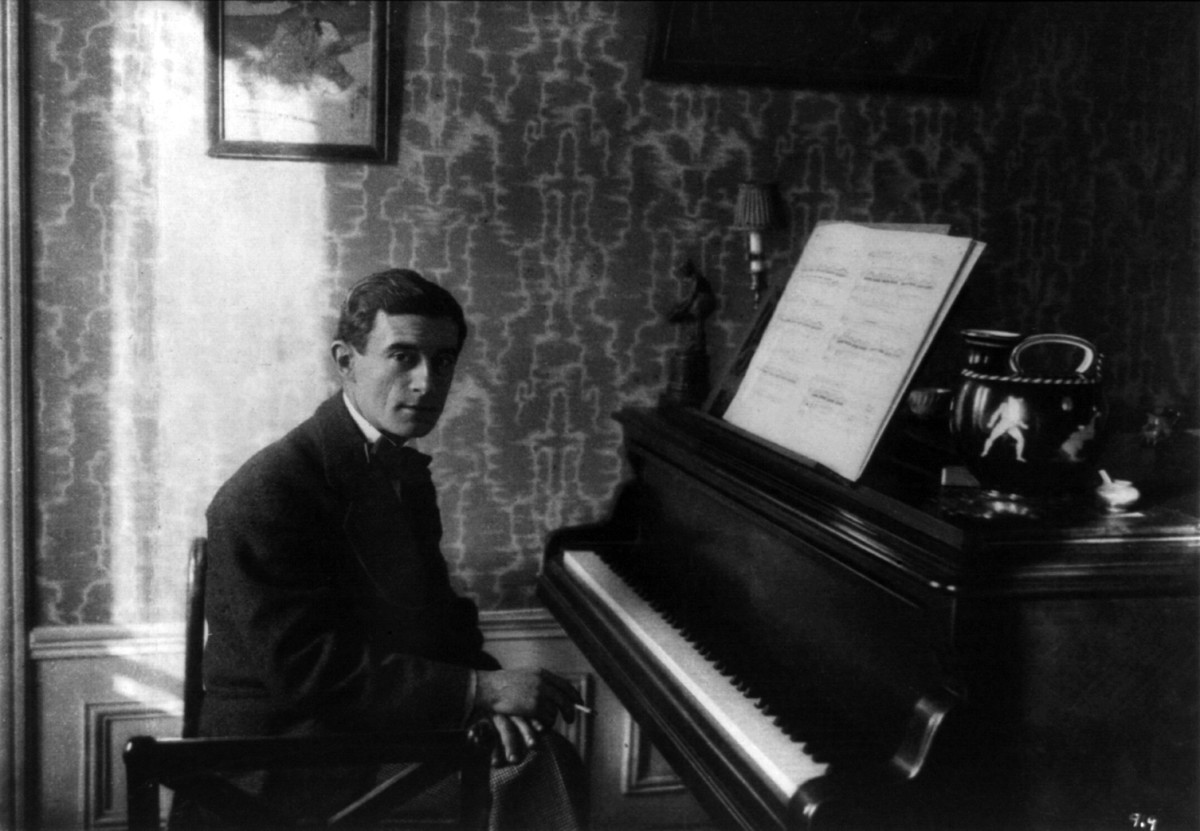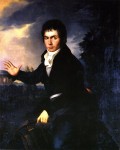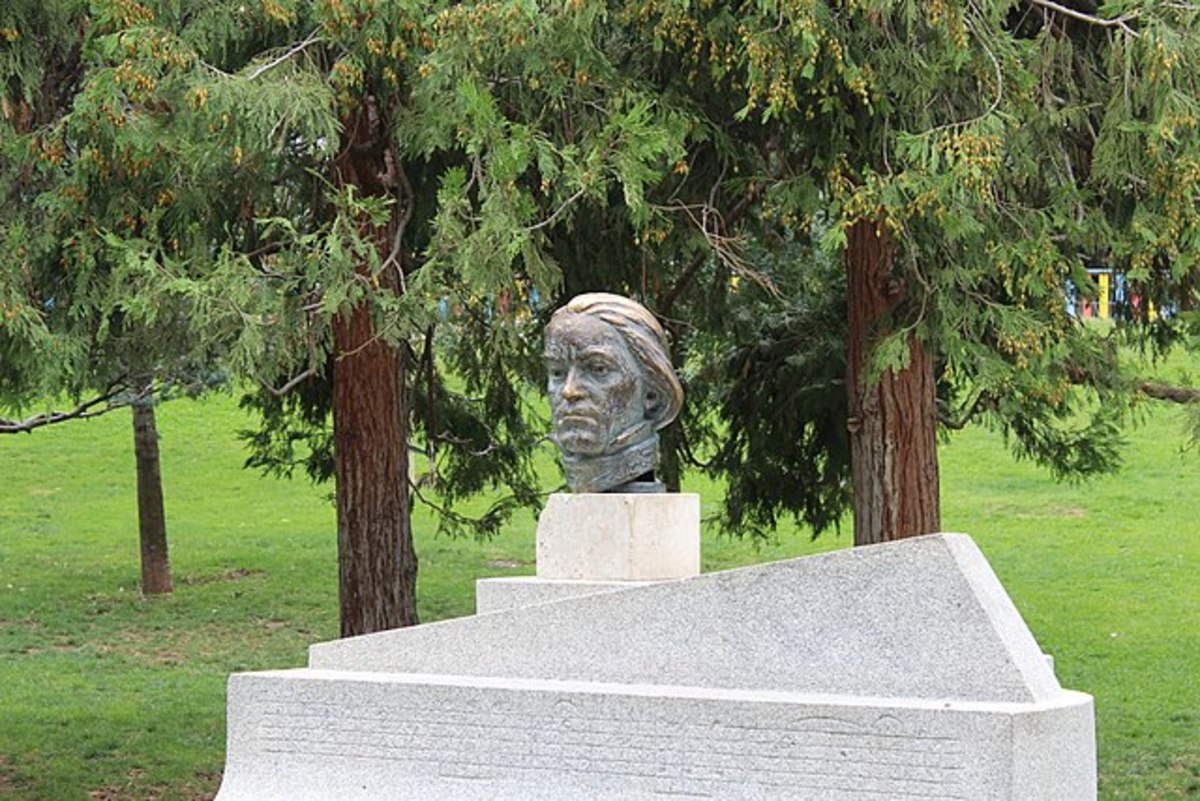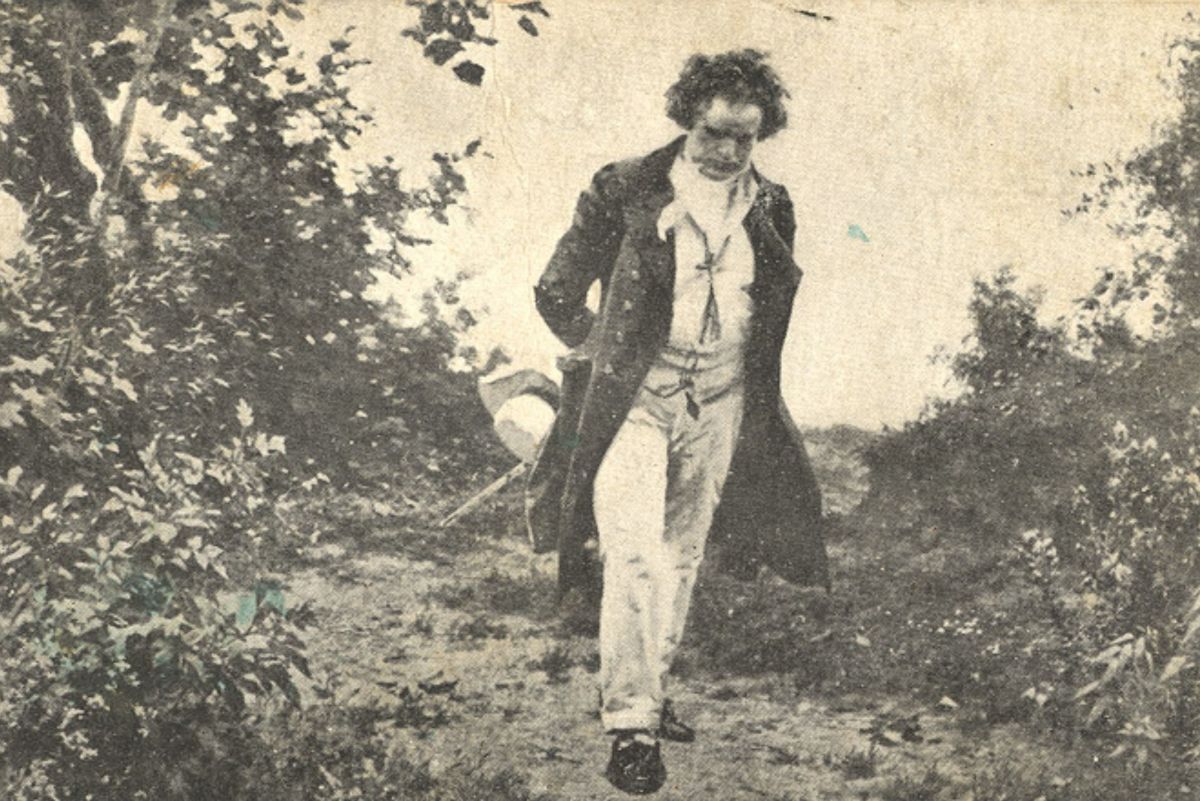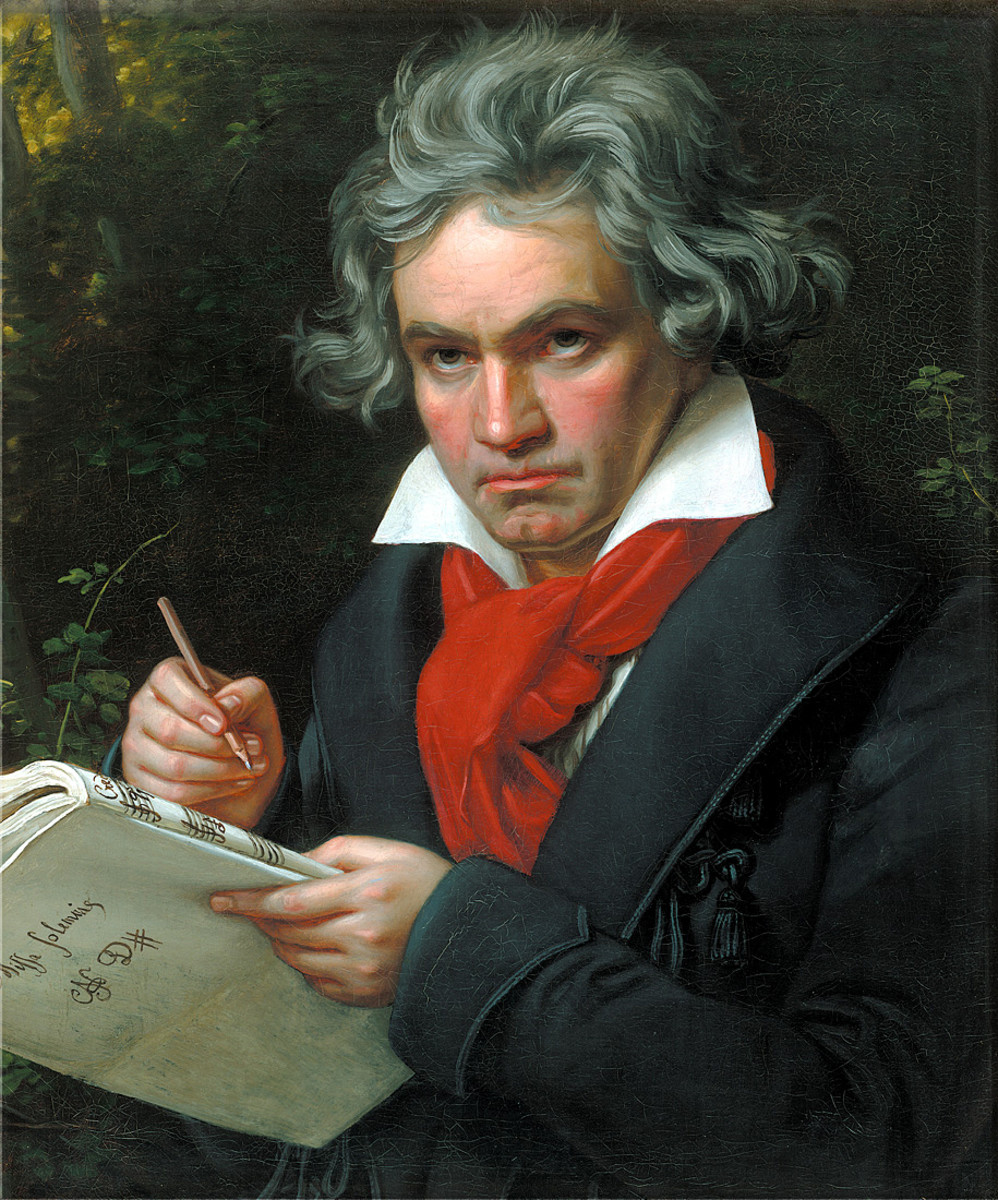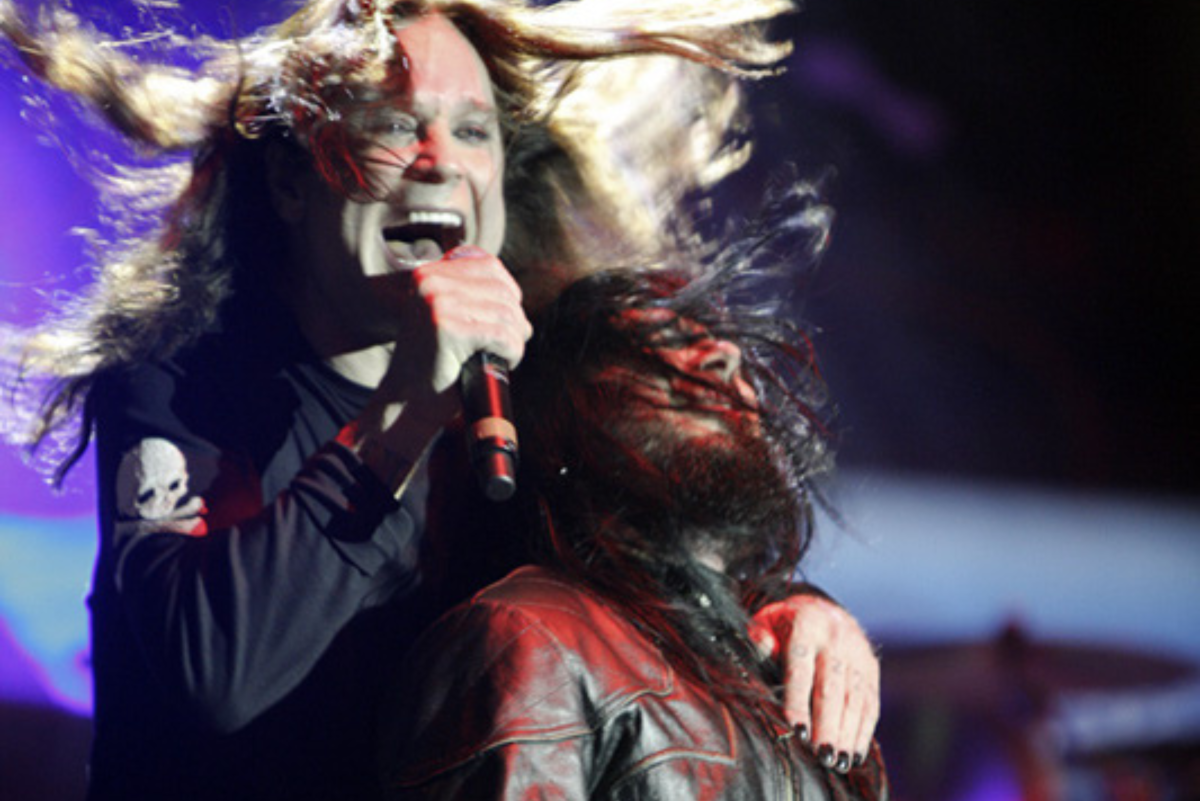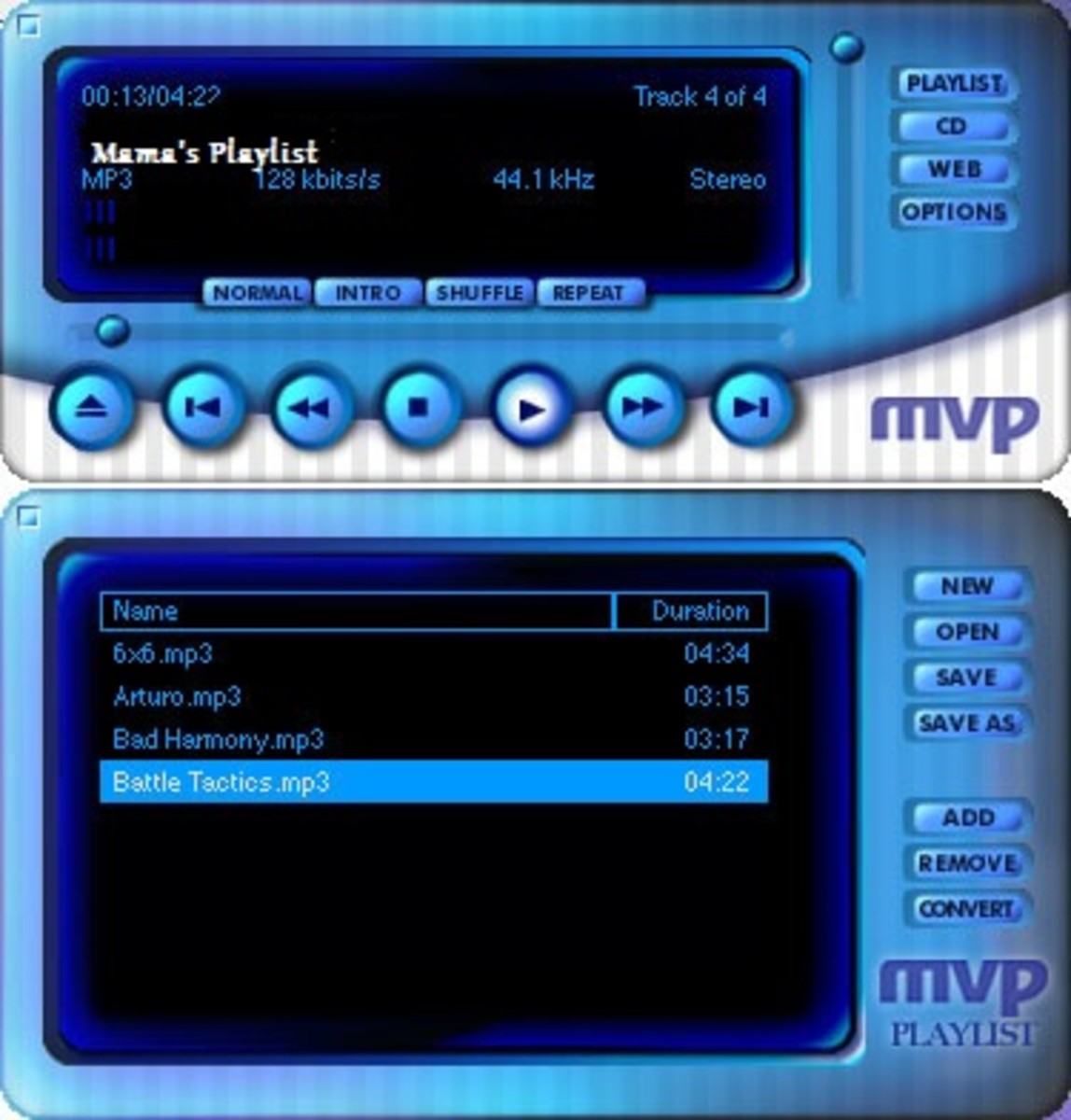Critical Listening For Beethoven's Ninth Symphony
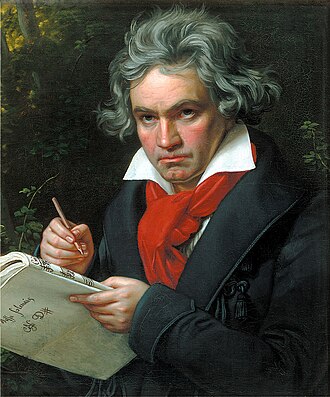
Ludwig Van Beethoven Ninth Symphony - ‘Allegro ma non troppo, un poco maestoso’
A bit of the old Ludwig van, as Alex DeLarge said in A Clockwork Orange, played by Malcolm McDowell in 1971. I listened to ‘Allegro ma non troppo, un poco maestoso’ from Beethoven: Symphony No. 9. The various instruments in the symphony are all well mixed and audible; the percussion, the wind, the piano, and everything else are quite clearly audible and diverse.
I listened to the first movement of Beethoven’s *Symphony No. 9 in D minor, Op. 125*, I’m diving into its mixing, composition, performance, and instrumentation. I noted that the instruments were “well mixed and audible,” with “percussion, wind, piano, and everything else” clear and diverse, though I now realize there’s no piano in the standard score—likely a mix-up on my part.
When I heard this recording, I was impressed by how every instrument stood out clearly, creating a vivid, balanced sound. The strings filled the stereo field, with violins bright on the left and basses grounding the right, making me feel like I was in a concert hall. Woodwinds shone in lyrical moments without overpowering, and the brass and timpani hit hard in climaxes but stayed integrated. The dynamic range, from soft tremolos to roaring chords, was alive—quiet parts were delicate, loud ones powerful but precise. I mentioned a “piano,” but I likely mistook resonant strings or crisp woodwinds for it, as Beethoven’s orchestration doesn’t include one. The mixing lets each instrument’s voice shine, enhancing the music’s impact.
I found the *Allegro ma non troppo, un poco maestoso* gripping from the start. It opens with a haunting string tremolo on A and E, feeling like music emerging from silence, then explodes into a stormy D minor theme with a jagged, dotted rhythm. In B-flat major, the second theme flows lyrically through woodwinds and strings, offering a warm contrast. The development pulled me in with its restless energy, fragmenting themes and shifting keys with wild dynamics. In the recapitulation, I was struck by the second theme’s shift to D major, like a burst of light. The intense coda, like a second development, drove to a fierce D minor close. I love how Beethoven’s bold dynamics and tonal surprises push Classical boundaries into something raw and thrilling.
Imagining performing this, I see it’s a beast. The tempo needs urgency but majesty—too fast, and it loses grandeur; too slow, it drags. I’d struggle as a string player with the quick, syncopated runs, demanding precision. Woodwinds need warmth for lyrical solos, while brass must blaze without overpowering. The timpani, almost melodic, requires finesse to balance rhythm and impact. The challenge is capturing the narrative—mystery to struggle to fleeting triumph. An excellent performance, like those I’ve heard from Furtwängler or Gardiner, makes me feel every emotional twist.
I was amazed by Beethoven’s orchestration: strings (violins, violas, cellos, basses) drive the themes, with tremolos creating atmosphere and unisons adding power. Woodwinds (2 flutes, two oboes, two clarinets, two bassoons) bring color, especially in lyrical passages. Brass (2 horns, two trumpets) adds fire, and the timpani, tuned to D and A, stand out, almost like a character. No piano exists here—I likely confused it with pizzicato strings or woodwind attacks. The instruments blend vividly yet distinctly.
This movement blew me away with its precise mixing, bold composition, demanding performance, and vivid orchestration. The recording let me hear every detail, and Beethoven’s genius—minus my piano mix-up—kept me hooked. It’s a masterpiece, and I can’t wait to revisit.

